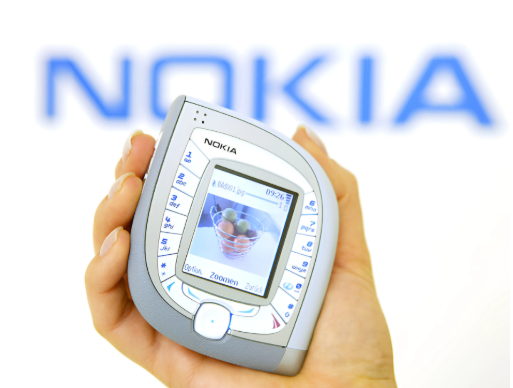In an industry obsessed with identical glass slabs the most radical smartphones dared to be different. From swiveling screens to modular bases these devices weren’t just weird they challenged the entire concept of a phone. Their failures and occasional triumphs, reveal more about tech innovation than any incremental flagship update.
We dissected seven of the most unusual phones ever created, from a minimalist e-ink device running full Android to a LG Wing that spins open like a helicopter. This isn’t just a nostalgia trip it’s a masterclass in design risk-taking. For every gimmick there was a genuine spark of brilliance that mainstream technology is still catching up to.
I Tested the Weirdest Phones on the Internet.
The most compelling idea was the Essential PH-2, a canceled prototype with a bizarre 2160×560 “TV remote” display. Its one-handed design and diagonal keyboard weren’t just quirky; they were a radical rethinking of mobile ergonomics. Unlike the tedious folding glass trend, this was true smartphone innovation.
| Feature | Traditional Phone | Essential PH-2 | Why It Matters |
| Screen Ratio | 19.5:9 | 38:1 | One-handed usability |
| Typing Experience | Vertical keyboard | Diagonal layout | Revolutionary thumb arc |
Compared to today’s foldables, the PH-2 feels more daring. It didn’t just make the screen bigger; it redesigned the interface from the ground up. While the Z Fold 5 is essentially a tablet in your pocket, this was a phone that actually fit in your hand. A flawed masterpiece, but a masterpiece nonetheless.
I tested the 14 most OVERKILL Smartphone Gadgets
Adoption of such niche designs is always a hurdle. The LG Wing found a cult following among multitaskers, but its swivel mechanism was a reliability nightmare. Meanwhile, the Nokia 9 PureView’s five-camera array was hamstrung by 2019’s weak processing power; an idea that would thrive today with modern AI chips.
Most of these strange phones are discontinued but refurbished units occasionally surface on niche tech marketplaces. Some of their innovations did influence modern devices. Modular ideas inspired easy-repair smartphones like Fairphone, while multi-camera systems evolved from concepts like the Nokia 9. These unusual designs helped shape today’s industry even if they weren’t commercial successes in their own time.
The community’s reaction to these devices is often more revealing than the technology itself. The Minimal Phone’s Kickstarter soared past $1M, proving a hunger for distraction-free design. Conversely, Samsung’s rotating Galaxy A80 was killed by users tired of waiting for its motorized camera to flip; a lesson in patience over novelty.
I bought the most BEAUTIFUL Phones on the Internet!
Ultimately, these phones prove that true innovation requires awkward first steps. The market may have rejected them, but their DNA lives on in everything from repairable devices to AI-enhanced cameras. As one X user perfectly summarized: “They didn’t fail; they were just too early.” Sometimes, being weird is the only way to move forward.
